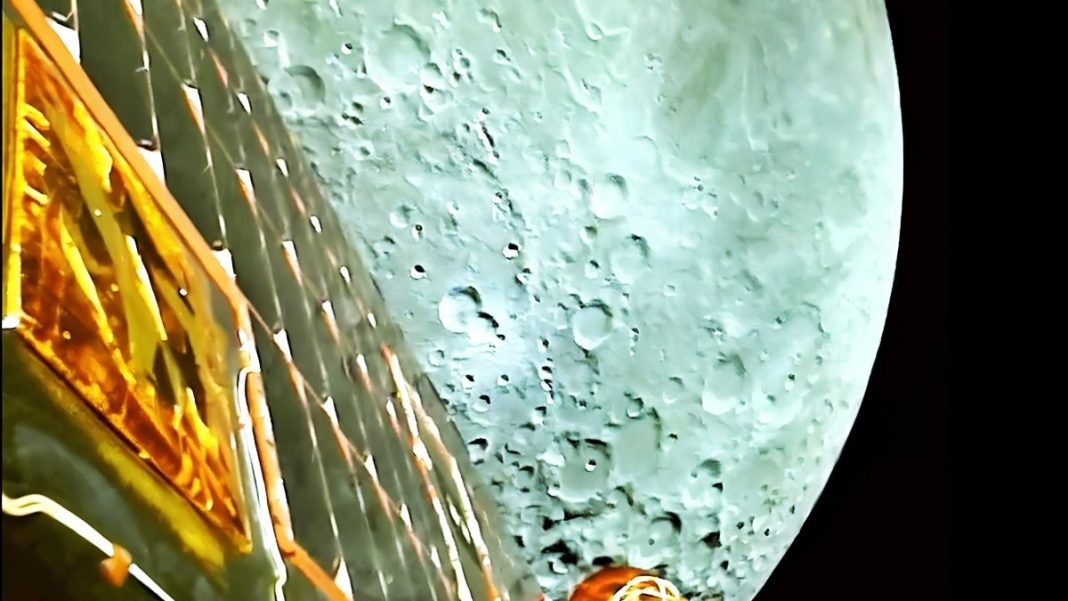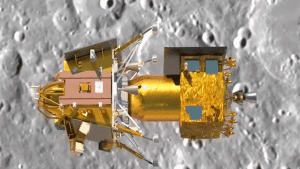Key Takeaways
- Chandrayaan-3’s Propulsion Module has re-entered the Moon’s sphere of influence for rare flybys
- The module’s orbit dramatically expanded from 100,000 x 300,000 km to 409,000 x 727,000 km
- ISRO gathered valuable data on spacecraft navigation and orbital mechanics
- The spacecraft remains in nominal condition with no collision threats detected
In a remarkable extension of its lunar mission, Chandrayaan-3’s Propulsion Module has successfully returned to the Moon’s sphere of influence, completing rare flybys that have provided ISRO with critical operational data. This unexpected achievement comes more than two years after the mission’s historic soft landing on the lunar surface.
Mission Background and Objectives
Launched on July 14, 2023, aboard an LVM3 rocket from Sriharikota, Chandrayaan-3 was primarily designed to demonstrate safe lunar landing capabilities, enable rover operations, and conduct in-situ scientific experiments. The spacecraft consisted of three modules: the Lander, Propulsion Module, and Rover.
After achieving its primary objectives with the successful August 23, 2023 landing, the lander and rover made history on the Moon’s surface while the propulsion module remained in lunar orbit at approximately 150 km altitude, supporting communications and scientific payloads.
Orbital Maneuvers and Lunar Return
In October 2023, ISRO executed trans-Earth injection maneuvers, repositioning the Propulsion Module into a high-altitude Earth-bound orbit. For over two years, the spacecraft’s path was delicately balanced between Earth and Moon’s gravitational fields.
This intricate orbital dance culminated on November 4, 2025, when the module re-entered the Moon’s sphere of influence, marking the transition where lunar gravity began dominating its motion.
Historic Flyby Events
The first recorded lunar flyby occurred on November 6, 2025, at 3,740 km from the lunar surface, though outside Indian Deep Space Network visibility. A second, closely monitored flyby on November 11, 2025 brought the module within 4,537 km of the Moon, well within observation range.
These events significantly altered the satellite’s orbital parameters, expanding its orbit from 100,000 x 300,000 km to 409,000 x 727,000 km and shifting inclination from 34° to 22°.
Mission Monitoring and Significance
Throughout these maneuvers, ISRO’s ISTRAC network maintained vigilant watch over the propulsion module, ensuring safe separation from other lunar orbiters while cataloging valuable data on gravitational interaction and satellite dynamics. Mission controllers confirm the spacecraft remains in nominal condition with no collision threats detected.
These rare lunar flybys have energized planetary scientists and mission planners, showcasing ISRO’s growing expertise in and expanding humanity’s capabilities for future deep space missions.





